A group called “Mums for Nuclear” has spent a lot of money on newspaper and online ads in the lead-up to the federal election, claiming that “Nuclear energy in the mix with renewables reduces cost by 25%“. I’ve investigated this claim and found it to be false. Hopefully, this will prompt all groups that have made unrealistic claims about nuclear affordability to take them back and spark a chain retraction.
“Mums for Nuclear” has made variants of this claim on multiple occasions, citing Frontier Economics as the source.
Here’s an example from March 6th:
Another claim that sounds very similar but which is potentially very different depending on how it’s interpreted is:
“Nuclear energy reduces energy costs by at least 25%.”
I’m guessing they mean electricity, which is not the same as “energy”. Their source is the same — Frontier Economics.
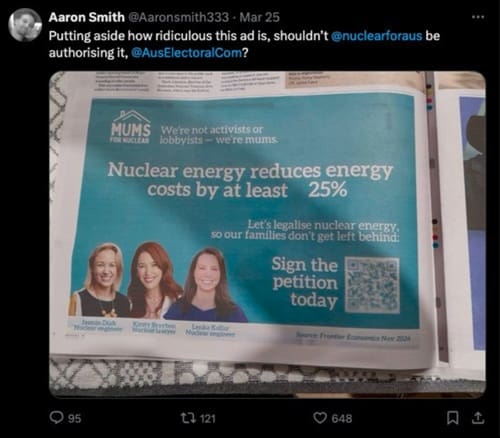
I don’t know why they left a gap after the word “least”. Maybe they needed time to remember the percentage figure.
The person who posted the above newspaper ad on unsocial media asked if the lobby group Nuclear for Australia, which is behind this supposed grassroots band of mums, should authorise it. Apparently, the Australian Electoral Commission was wondering the same thing because they had a chat with Mums for Nuclear.
I’m not going to concern myself with whether or not they’re correctly following election advertising law. I’m just going to fact check the claim itself — the one about nuclear energy reducing costs by 25%. But I do want people to be clear they are spending large amounts of money to spread their message and aren’t just a group of mums with a Facebook page.
My Verdict: False
First off, I should tell you I’m not Doctor Who. Due to this personal shortcoming, it’s not possible for me to make absolute statements about events that haven’t yet come to pass. I’m unable to say with absolute certainty that building nuclear power stations in Australia won’t reduce costs because we’ve never tried it and been able to say, “Yep, that didn’t work”.
What I can do is say whether it’s reasonable to conclude that building nuclear power will lower costs: it absolutely is not.
The Frontier Economics Report
The source Mums for Nuclear give for their claims is a pair of reports by Frontier Economics, also used by the Coalition to cost its nuclear policies. It’s not exciting reading, so luckily there’s a Renew Economy article by Alan Rai that summarises a lot of the claims and debunks some. One key issue is that despite the mums claiming that nuclear in the mix “alongside renewables” reduces costs, these reports don’t actually factor in the true cost to the people responsible for much of Australia’s renewables output — owners of rooftop solar.
Nuclear Needs More Curtailment Of Rooftop Solar
The reports assume there’ll be no change in rooftop solar or home and business battery uptake, despite the assumption that nuclear power will often curtail renewables. Something that’s unrealistic if rooftop solar and batteries will often be shut down to benefit nuclear.
On page 15 of report 2, section 3.1, it says…
“It is important to note the modelling does not include any behind the meter supply or storage options. It’s assumed that this is likely to be roughly constant across the scenarios.”
This means they’ve assumed people will install the same amount of solar and battery capacity for their homes and businesses if nuclear energy is used. The reports rely on this occurring for Australia’s electricity demand to be met. But if people are often required to shut down their solar systems, and likely home batteries, it’s not reasonable to expect them to install just as much.
Nuclear could be ramped up and down as needed, but can’t do it economically. A nuclear power station operating at 50% capacity has almost identical costs to one run at 100%. This makes it a poor partner for solar. Because curtailing nuclear instead of solar would be awful for the economics of nuclear, every report in favour of nuclear power in Australia, including the Frontier Economics ones, assumes that renewables will be shut down, and not the other way around.
You Can’t Shut Down The Sun
Curtailing rooftop solar to favour nuclear won’t only be intolerable to many Australians — enforcing it will be next to impossible. The planned curtailing of solar doesn’t only involve preventing homes and businesses from exporting surplus solar power to the grid. It also requires maintaining demand for grid electricity by having rooftop solar shut down completely and stop supplying power to its home or business. Additionally, once there’s enough home and business battery storage — which there will be well before any nuclear power stations are built — it will also involve preventing batteries from supplying power at these times.
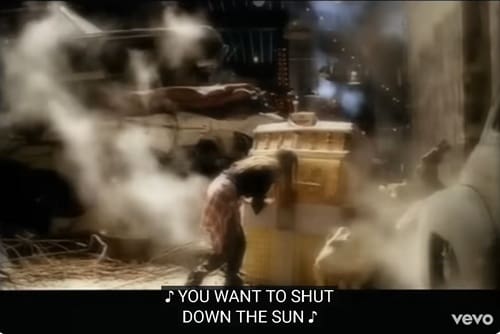
It’s 3am and I’m still writing, so I have to start quoting Meatloaf. I don’t make the rules — I just get disturbing amounts of enjoyment from them.
This will not only piss off people who have invested in solar and batteries, it will be almost impossible to enforce, as most with batteries could simply go off-grid at these times and remove the electricity demand that nuclear is relying on to control its costs. Without draconian enforcement that voters are unlikely to stand for, this curtailment won’t happen. As it will be worse in regions close to nuclear power stations, it gives locals an excellent reason to block their construction.
How often home solar and batteries would need to shut down depends on how much is installed before the first nuclear power plant becomes operational. But rooftop solar can already meet all demand at times in South Australia, and all other states are heading in that direction. Even if Frontier Economics is right and we’ll have nuclear power within 11 years, a massive amount of rooftop solar and home battery capacity will be installed in that time. Eleven years ago, rooftop solar supplied under o.1% of Australia’s electricity, while over the past 12 months it supplied 13.3%. This could easily more than double by the time 2036 rolls around. So for Frontier Economics’ figures to work, solar and potentially home batteries would need to be curtailed on most days.
Extending Coal Power Is Costly
The Frontier Economics reports assume coal power stations will operate well past their currently planned retirements until nuclear is ready to replace them, but makes no allowances for the extra costs of keeping them going. Australia’s coal fleet is old and worn out and can’t be reasonably expected to keep going without additional spending on either refurbishment or extra firming from batteries/open cycle turbines. If these costs aren’t paid, we will simply pay in another way through random blackouts when coal power stations break down.
This alone is enough to reasonably conclude that the Mums for Nuclear statement is unlikely to be correct. But I also think it’s reasonable for me to keep going and point out other issues that push “unlikely” into “not bloody likely” and beyond.
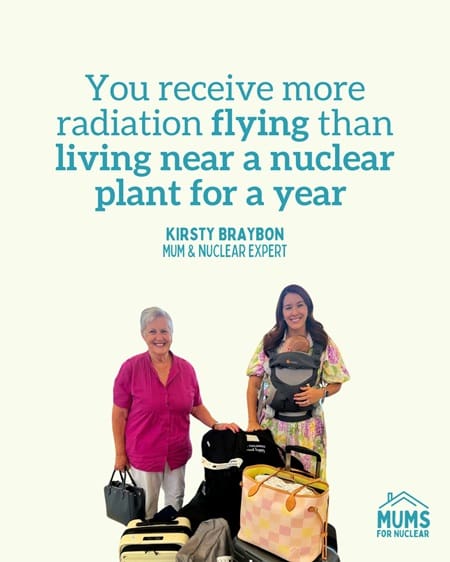
I should bloody well hope so! If you ever receive any amount of radiation from a nearby nuclear power plant, it means something has gone disastrously wrong inside the nuclear plant.
Transmission Savings Likely Less
Depending on which of their two scenarios are considered, Frontier Economics says either 15% or 17% of the savings from using nuclear will come from reduced transmission costs. But some of the transmission lines counted as savings are already under construction, and because we’re unlikely to get money back for work done, this is likely to reduce savings. Renewables also aren’t the only reasons for increasing transmission capacity. Even if we had zero solar and wind generation, we’d still need additional long-distance transmission to deal with a growing population and increased demand, as well as to shore up existing interconnectors as they grow older and less reliable.
Only 11 Years To Build Nuclear
Frontier Economics assumes Australia’s first nuclear power station will be fully operational by 2036, which is less than 11 years away. Another will be completed the year after that, the next in a couple more years, and so on.
Given that Australia hasn’t even decided to build nuclear power stations yet, this assumption is almost, but not quite, completely unreasonable. Here are some examples of recent construction times in countries I consider reasonably comparable to Australia:
- UK Hinkley Point C: Planning began in 2010 with approval in 2016. Construction began in 2017 with completion expected in 2025, but it’s still going and the earliest one of the two reactors will be operational is 2029 if there are no further delays. This would make it 19 years from the start of planning.
- France Flamanville 3: Construction started in 2007 with planned completion in 2012, but it’s only entering normal operation this year. So France, a country with extensive nuclear experience, took 18 years to construct their latest reactor.
- US Vogtle 3 & 4: Planning began in 2006 and construction in 2009. One reactor entered service in 2023 and the other in 2024, giving construction periods of 14 and 15 years.
- Finland Olkiluoto 3: Construction started in 2005 and it entered operation in 2023, giving a construction period of 18 years.
So, reasonably comparable countries with experience in building nuclear capacity took around 13-18 years to construct their latest reactors. As we haven’t even entered the planning stage and have no experience with nuclear generation, it’s not reasonable to expect Australia’s first nuclear power station to be operating inside of 11 years.
While things went wrong with the construction of all the above reactors, we don’t have the ability to decide not to have things go wrong. If we had magic pixie dust we could sprinkle on large complex projects to make them go without a hitch, we would have used it on Snowy 2.0.
I’m happy to acknowledge it’s possible to build reactors faster than this. Americans, plus immigrants fleeing prosecution, built one in two months. But I’m willing to bet one million dollars we won’t have an operational nuclear power station in 2036.
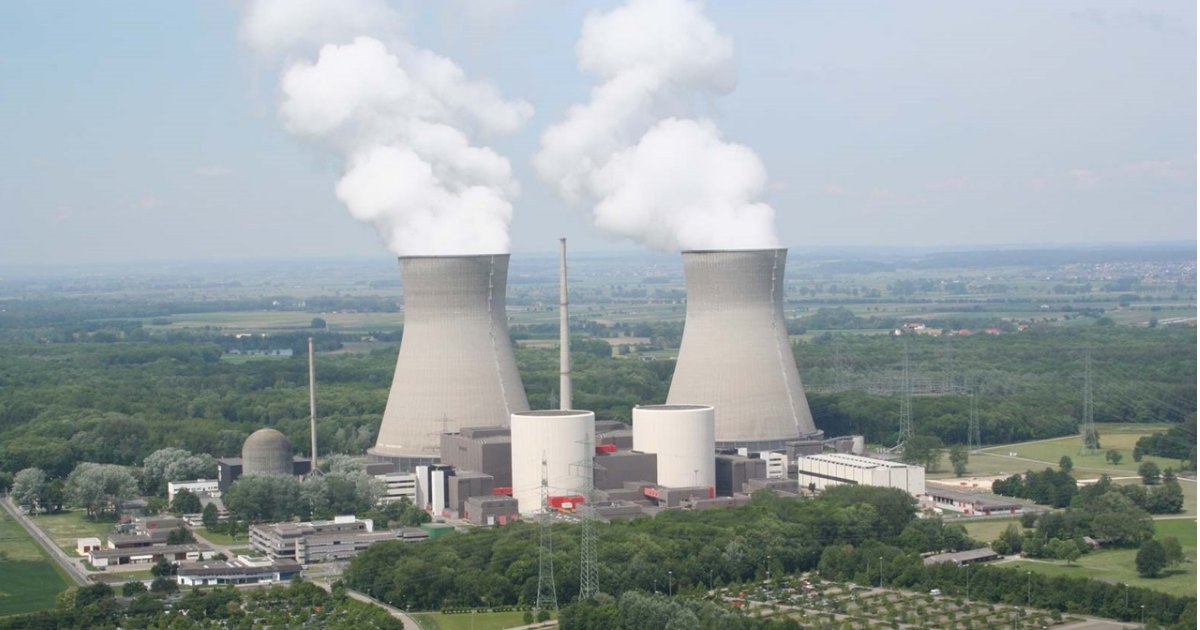
A nuclear power plant in Germany, with water vapour rising from the cooling towers. Any Australian inland nuclear power station would likely require at least some air cooling to reduce water losses, which increases costs.
Operating Costs Will Be Over 3c/kWh
On page 7 of report 2, Frontier Economics gives its assumption for the running costs of nuclear power:
“variable and non-capital fixed costs of $30 per megawatt-hour, including decommissioning costs.”
This is 3c per kWh, which is very low. The only place this figure could have come from that I can think of is if they took the United States’ best year for operations and maintenance, while leaving out a number of costs. It’s not reasonable to assume Australia, a country with no nuclear experience, will exceed the best results of the Americans, who took decades to reach their operating costs.
Nuclear Won’t Be Cheaper Than Overseas
It costs a lot of money to build nuclear power and Frontier Economics’ figure isn’t high enough. On page 7 of report 2, they give their assumptions for nuclear’s capital cost…
“Capital costs are $10,000 per kilowatt of capacity”
This means a 1 gigawatt nuclear power station would cost $10 billion in Australia. But countries I consider reasonably comparable to Australia, with existing nuclear industries, haven’t been able to build them that cheaply this century. Here are examples of overseas nuclear costs in today’s dollars:
- UK Hinkley Point C: $94 billion for 3.26GW or around $28,800/kW.
- France Flamanville 3: $25 billion for 1.6GW or around $15,600/kW
- US Vogtle 3 & 4: $38 billion for 2.23GWor around $17,000/kW
- Finland Olkiluoto 3: $21 billion for 1.6GW or around $13,100/kW
As you can see, they’re all considerably over $10,000 per kW.
In case you think the figures above are all bizarre aberrations and the next nuclear plants these countries build will be far cheaper, then I’ll point out the Sizewell C nuclear power station in the UK that has just begun construction and is the same design as Hinkley C, may cost around $83 billion. That’s $25,500 per kW. This is only 11% less than Hinkley Point C before even having a chance to rack up cost overruns.
If the capital costs are around $13,000 then even if all of Frontier Economics other assumptions are true, it would wipe out their predicted savings from lower transmission costs. Even if we can build nuclear here at the same cost Finland did, and everything else in the Frontier Economics reports turns out to be right, it would only likely increase electricity costs.
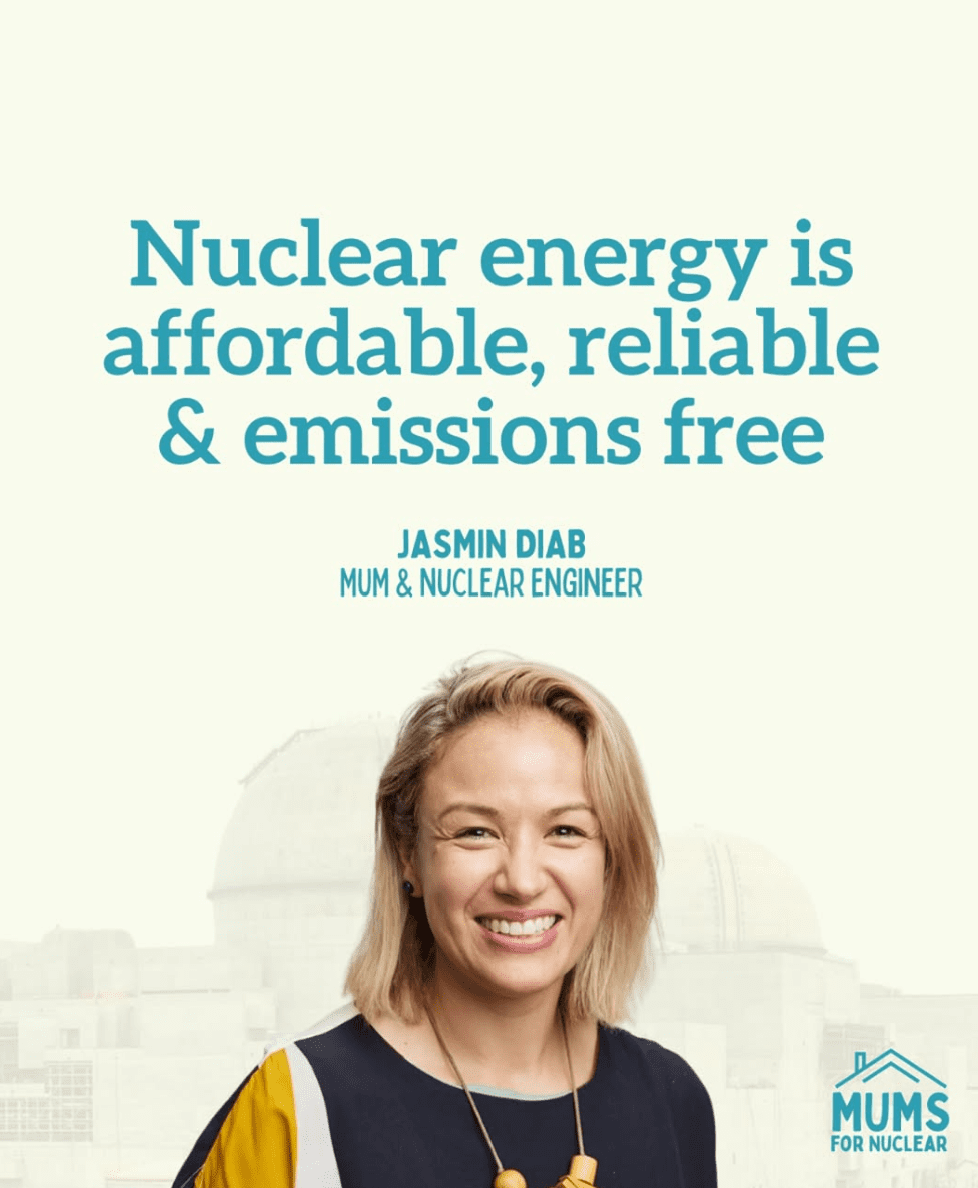
In Australia, wholesale electricity now averages around 8c/kWh. Electricity from the UK Hinkley Point C reactors will receive a minimum wholesale price of ~27c/kWh. This figure was fixed before their massive cost overruns. I don’t call that “affordable”.
Nuclear Will Be Even More Expensive Here
The countries above all had experience with nuclear, and the new capacity was built at existing nuclear power sites. But because Australia does not have a nuclear power industry and will have to decide on and develop new nuclear sites, it will cost more here.
Another factor that will have a much larger effect is Australia’s high labour costs. While the US has us beat, on average we’re paid much more than the Brits, French, and Finns. This will unavoidably raise costs because Australian workers will demand Australian-level compensation. Also, bringing in foreign nationals to do the work while paying them less than Australians is not a realistic option. It’s exactly the sort of thing that results in industrial action.
What About Less Comparable Countries?
There are also countries I consider less comparable to Australia with nuclear industries. Three of them are:
- South Korea
- China
- India
It’s difficult to work out exactly how much nuclear costs in these countries, but as all three still import large amounts of thermal coal from Australia, it’s clearly not cheap. I’d expect a much faster nuclear buildout for all three if it was saving them money.
What is clear is they’re building nuclear for less than in Europe or the US. But this doesn’t mean we can get them to build it for the same price here. Just because you can buy a curry for 50c from a street vendor in Bengaluru doesn’t mean you can get the same thing in Australia. The last time I bought a street curry in Adelaide it cost me $21.95. You won’t get Indian prices in Australia for anything with a significant labour component.
There’s No Reasonable Way Nuclear Will Reduce Costs
According to the Frontier Economics reports, many ducks have to be in a row for this statement by Mums for Nuclear…
“Nuclear energy in the mix with renewables reduces cost by 25%“
…to be correct.
I’m going to list all the duckies that will have to turn out in their favour and state whether or not I consider them reasonable:
- Solar curtailed in favour of nuclear — not bloody likely
- No extra cost for coal power extensions: not reasonable
- Transmission cost savings: Not reasonable — any savings likely less than figures given.
- Nuclear operational inside 11 years — just short of impossible
- Nuclear non-capital costs of 3c/kWh — not going to happen, almost impossible
- Nuclear capital costs of $10,000 — far from reasonable
That’s way too many ducks for a linear formation to be realistic. For this reason, I have no problem at all saying the Mums for Nuclear statement that there’s a 25% cost reduction from including nuclear in the mix is false. I will also say it’s not reasonable to expect any savings at all from building nuclear. It’s only likely to increase costs, no matter what your nuclear mum tells you.
For energy solutions that do actually slash your bills, take a look at our guides on solar panels and home battery storage instead.

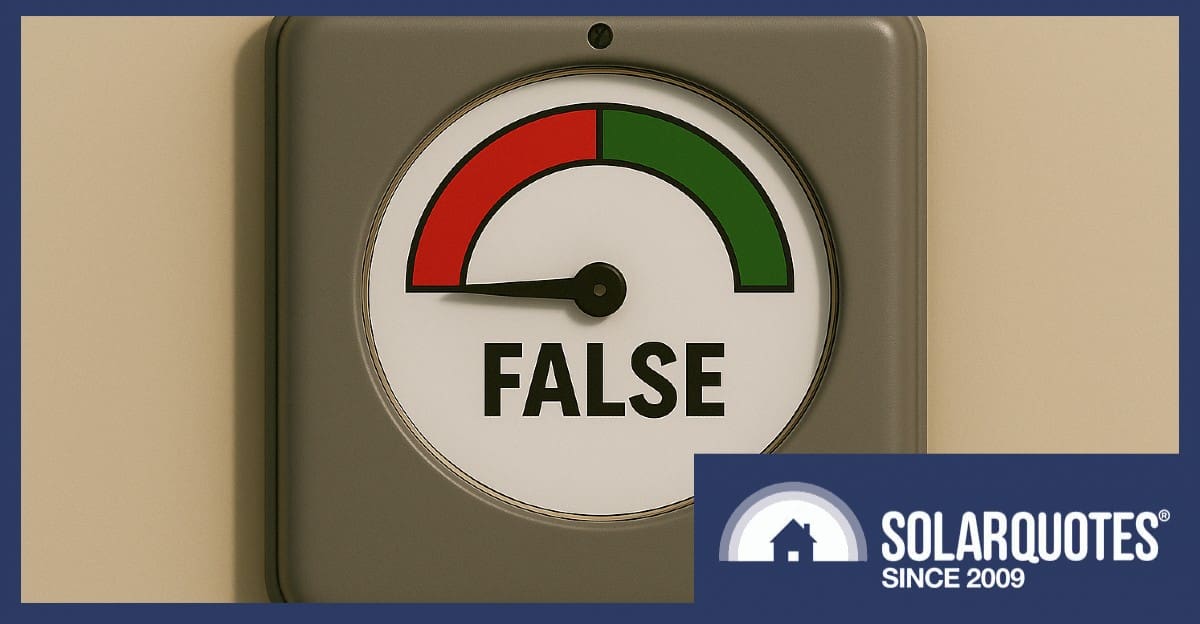
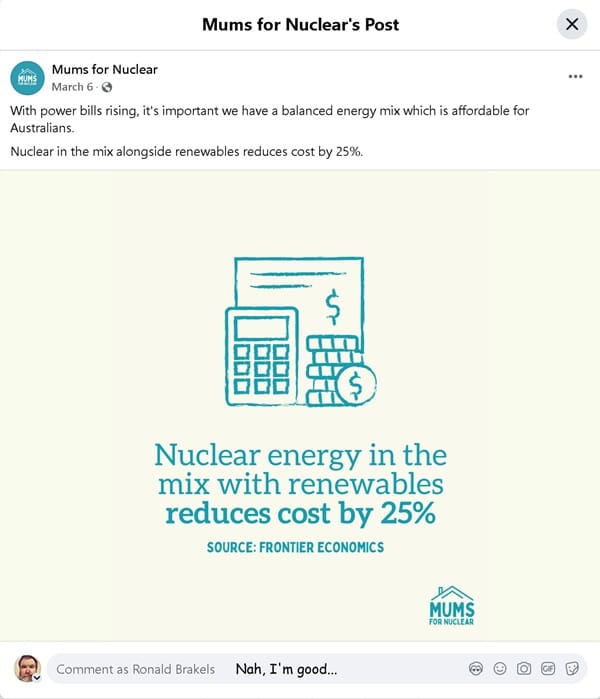
 RSS - Posts
RSS - Posts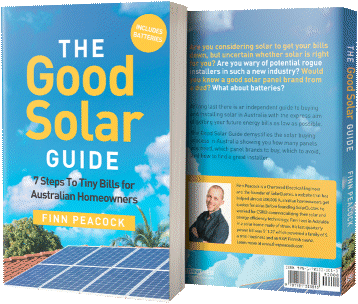


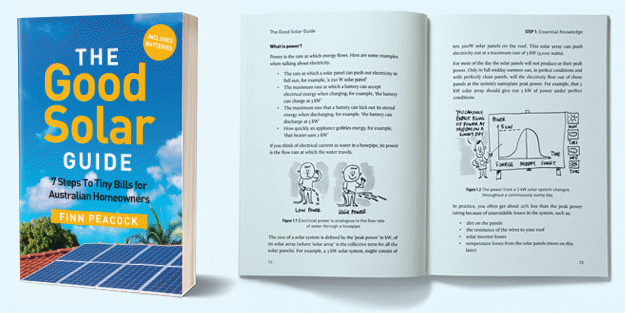
Thank you for examining these wildly unfactual claims by ” Mums for nuclear “. Honestly this pretend, thinly front group for nuclear and fossil fuel industry are a pure utter embarrassment. I really dislike these ignorant attempts at disinformation.They offer nothing to any reasonable person evaluating the necessary steps our economic system requires to avoid a climate disaster.
I’m not disagreeing with the primary point of the article, but I would like to point out that nuclear can be designed to work well with solar. The Natrium SMR is designed with larger generators than the reactor requires. The idea is to run the reactor at 100% capacity, but to match generation to demand. During the day, the reactor’s excess energy is stored as heat – during the evening, as solar shuts down and demand peaks, this stored heat is used to augment the reactor’s output to run the generators.
Building nuclear capacity with thermal storage is an option. But that thermal storage is playing the role of a battery. Thanks to their rapidly falling cost, we’ve found that it’s cheaper to use actual batteries rather than thermal storage. So rather than nuclear plus storage, solar plus batteries can be used instead. Or not just solar, but what we are currently heading for which is solar + wind, with batteries, hydro, and open cycle turbines.
Lets all understand the LNP power plan for what it is:-
1) Immediately slow down/reverse renewables deployment, if you don’t then well before the first sod of dirt is turned in construction it becomes irrelevant because renewables are already doing what we need.
2) Immediately prop up coal based generation for another 20 years. Dont mistake this as a temporary step, this is the WHOLE step of the nuclear plan and it doesnt matter if we eventually get to nuclear or not.
3) Phaff round with nuclear for decades and at the same time try to legislate to prevent household renewables getting to be good enough that they can abandon the grid.
4) with the from time to time slight changes in direction introduced with 3) revisit and restart 2) all over again as many times as possible
Meanwhile many on here who know what solar and storage is capable of will do their own thing and make all of the above irrelevant until such times as an even better reneable energy source comes around cause it will!!
I reckon likely just another front for the pro coal lobby, not a genuine MIWF liberal group (W instead of L , because you know, i have taste)
Just to complete the argument, would you be able to tell us what the cost of Labor’s renewables-only scheme is going to be? It seems the government either can’t or won’t.
Thanks!
If you want information on the cost of zero net emission electricity generation, Kerry, a lot has been written about it. You can search for “GenCost 2024-25” for the latest draft document on it.
But note you can get 20 kilowatt-hours of battery storage and over 13 kilowatts of solar for cost of just 1 kilowatt of the Hinkley Point C reactors.
Unfortunately the renewables-vs-nuclear debate has become almost entirely ideological. The GenCost report has been largely discredited as having been politically driven, as with anything from the CEC, SEC and many other funded bodies, viz the SEC’s delusional $600bn costing of the Coalition’s nuclear plan.
Those who have a mindset against nuclear don’t like to recognise the huge contribution it makes to generating 24/7 electricity around the world while helping to reduce CO2 emissions.
I think a more reasonable and balanced debate is called for, but we haven’t seen much of that in the last few weeks.
Wait a minute, first you ask me for information but then you suddenly know enough to say there’s a debate and it’s almost entirely ideological?
Kerry, you need to make a choice. Are you going to be useful to people, or are you going to waste their time? I recommend the latter — Not wasting people’s time: It’s the choice of a New Generation.
The water consumption of Nuclear Power production needs to be factored into the costs. The reactors need to be cooled whether they are producing electricity or not. This consumes water and is evaporative cooled voa the natural draught cooling towers.
France had issues in recent years during drought where they had to curtail Nuclear production due to lack of water.
Hi Ron
Always a pleasure reading your blogs!
I want to go off topic…..maybe a suggestion for a future blog?
There is a scam perpetrated daily in the off grid solar industry.
The scam is advertised in eBay and is built around hugely inflated power outputs from solar panels, destined for non technical aussie punters that just want cold beer at their campsite.
You do the maths on a beer coaster with the help of your mates and guestimate you need xxx watts of solar to keep your fridge running. You go to everybody’s fav. eBay and buy the one you need.
You set it all up and next day you have warm beer!
Simple physics and math says a panel that small cant possibly do that much
We need to let our aussie punters know they are being ripped off.
The ball is now in your court
I’ll let Anthony know. He enjoys some raw meat every now and then. Actually, he seems to like it everyday.